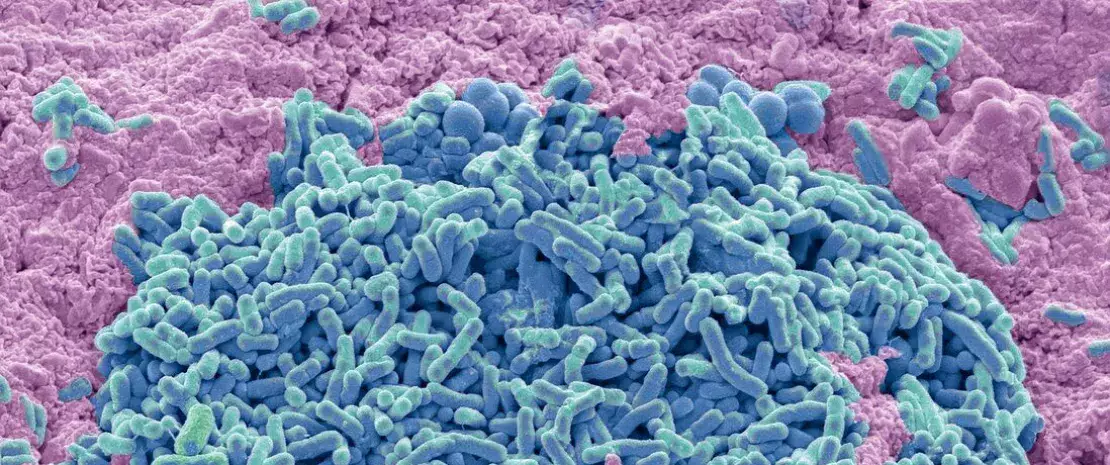Is vaginal microbiota transfer the new miracle for C-section babies?
The microbiota of cesarean-born infants differs from vaginally delivered infants and is associated with increased disease risks. New research shows that Vaginal microbiota transfer (VMT) to newborns may reverse C-section-related microbiota disturbances. But is VMT safe and effective? Let’s find out.
Sources
This article is based on scientific information

About this article
Author
30% 1 in 3 women are aware that delivery (vaginally or cesarean section) has an impact on the newborn’s gut microbiota
Cesarean section (C-section) is a common mode of delivery worldwide. The global C-section rate remains at 21%, varying widely from 0.6% to 58.1% across regions. However, C-section delivery has been associated with an increased risk of adverse health outcomes, including autoimmune and metabolic disorders, altered gut microbiota and even neurodevelopmental disorders in infants 1. Emerging research points to Vaginal Microbiota Transfer (VMT) as a prospective intervention to ameliorate the gut microbiota maturation and neurodevelopment in C-section babies. However, we are still debating on its safety and effectiveness.
How does VMT work?
Two hours before the C-section, a wet gauze with sterile saline is placed in the lower vagina of women having a C-section. This gauze remains in situ for roughly an hour, and it’s removed 30 minutes before the administration of prophylactic antibiotics in preparation for the C-section delivery.
Immediately following birth, a trained nurse puts the vaginal gauze in contact with the newborn. The gauze is passed on their lips, face, chest, arms, legs, genitals, and bottom. Then, the nurse wipes their back. It takes about 15 seconds. The babies don't get a bath for 12 hours 2.
What about VMT’s safety and effectiveness?
A new research published in Cell Host & Microbes conducted a triple-blind randomized controlled trial to assess the safety and efficacy of VMT in improving neurodevelopment, gut microbiota, and metabolome of C-section babies 2. The study enrolled 76 pregnant women that were scheduled for C-sections.
The newborns were randomly assigned to the VMT (n = 35) or control (n = 41) group. The neurodevelopment of the newborns was assessed with the Ages and Stages Questionnaire (ASQ-3) at 6 months of age, their gut microbiota and metabolomes were also analyzed. An additional 33 pregnant women planned for vaginal delivery were also included for comparison.
Four key findings can be highlighted here:
- Safety: The study found that VMT is likely safe, with no serious adverse events (SAEs) occurring during the first 42 days after birth.
- Neurodevelopmental Benefits: Infants who received VMT showed significantly higher neurodevelopment scores at 6 months compared to those in the control.
- Gut Microbiota Maturation: VMT also led to accelerated maturation of the gut microbiota in cesarean-born infants. The intervention partially normalized the composition of the gut microbiota, looking like that of vaginally delivered infants.
- Metabolic Function: VMT increased the levels of key fecal metabolites and metabolic functions, including carbohydrate, energy, and amino acid metabolisms, within 42 days after birth.
In contrast to FMT (fecal microbiota transplantation), which is not advisable for DIY attempts and carries substantial risks, VMT stands out as a less perilous medical procedure that can be readily taught to delivery nurses and midwives. Healthcare professionals should consider VMT as a potential intervention to improve the gut microbiome and neurodevelopment of cesarean-born infants.






